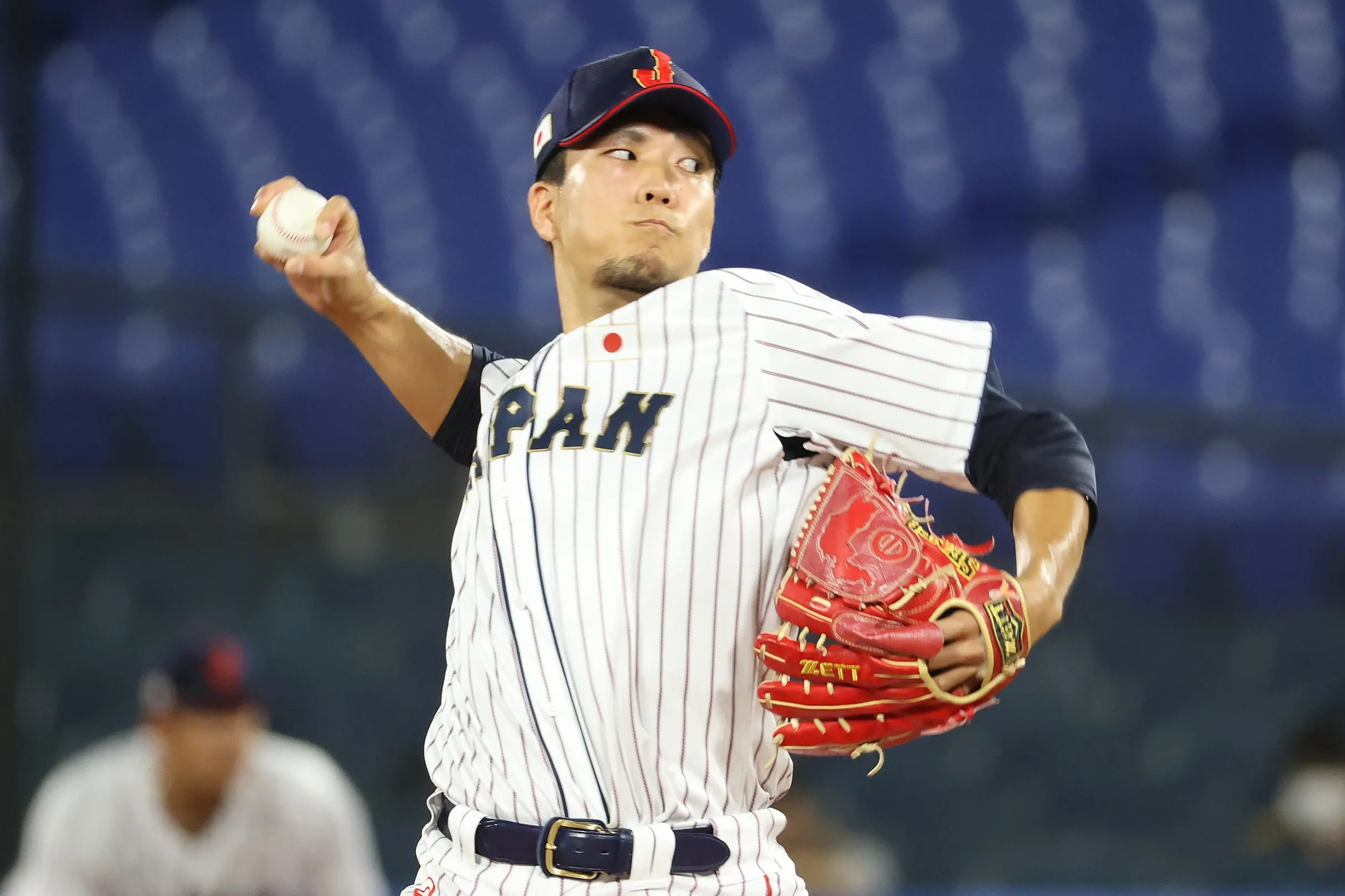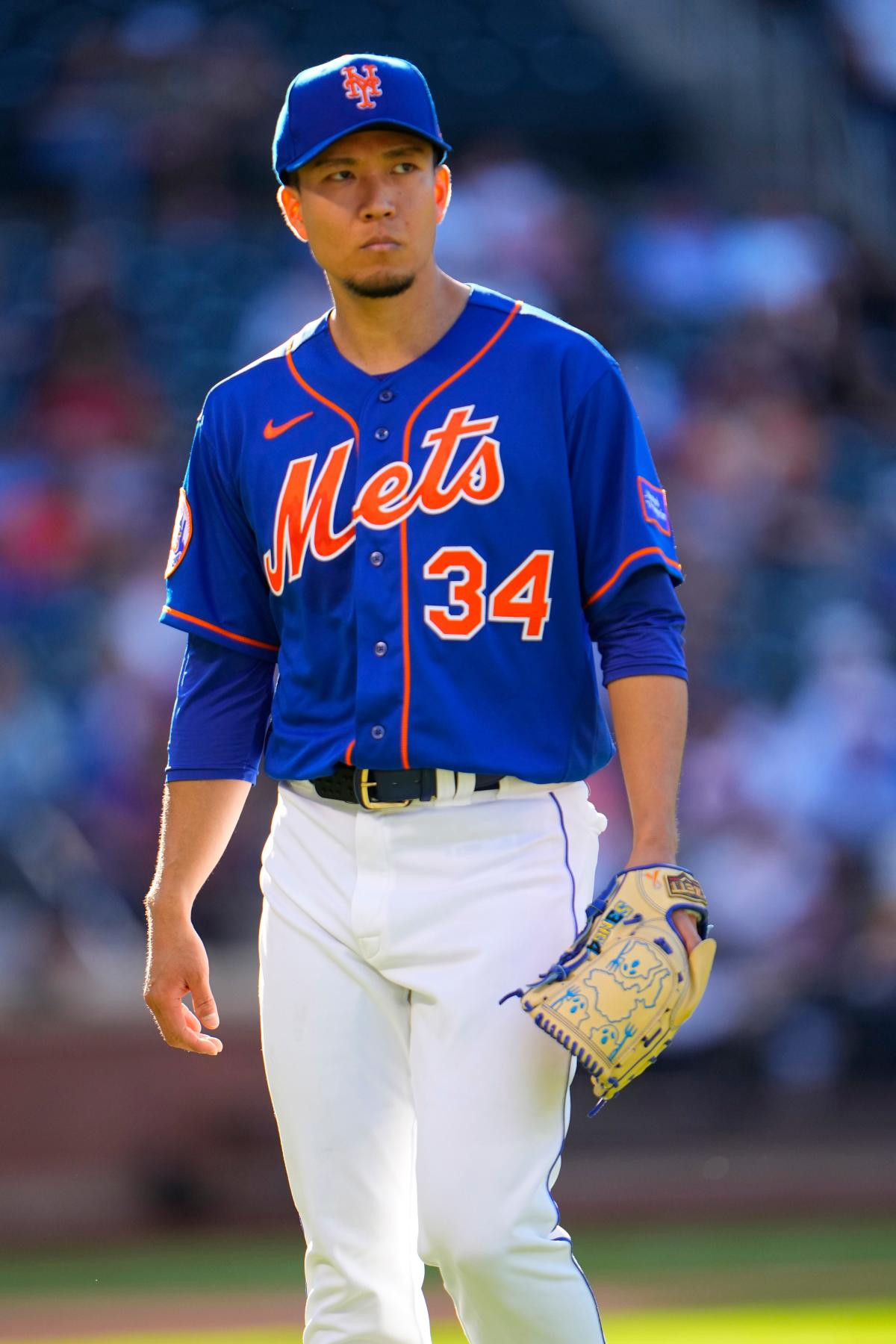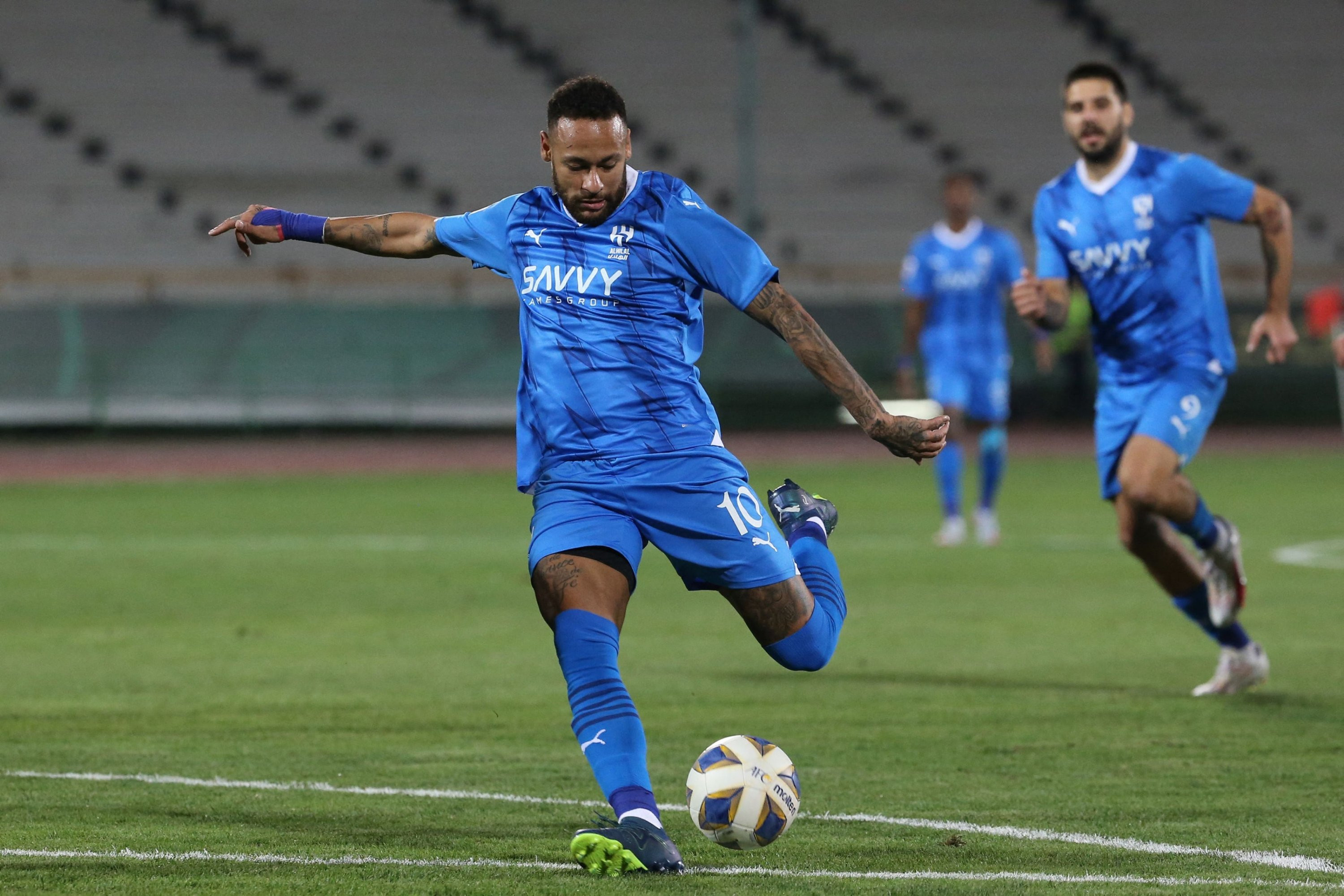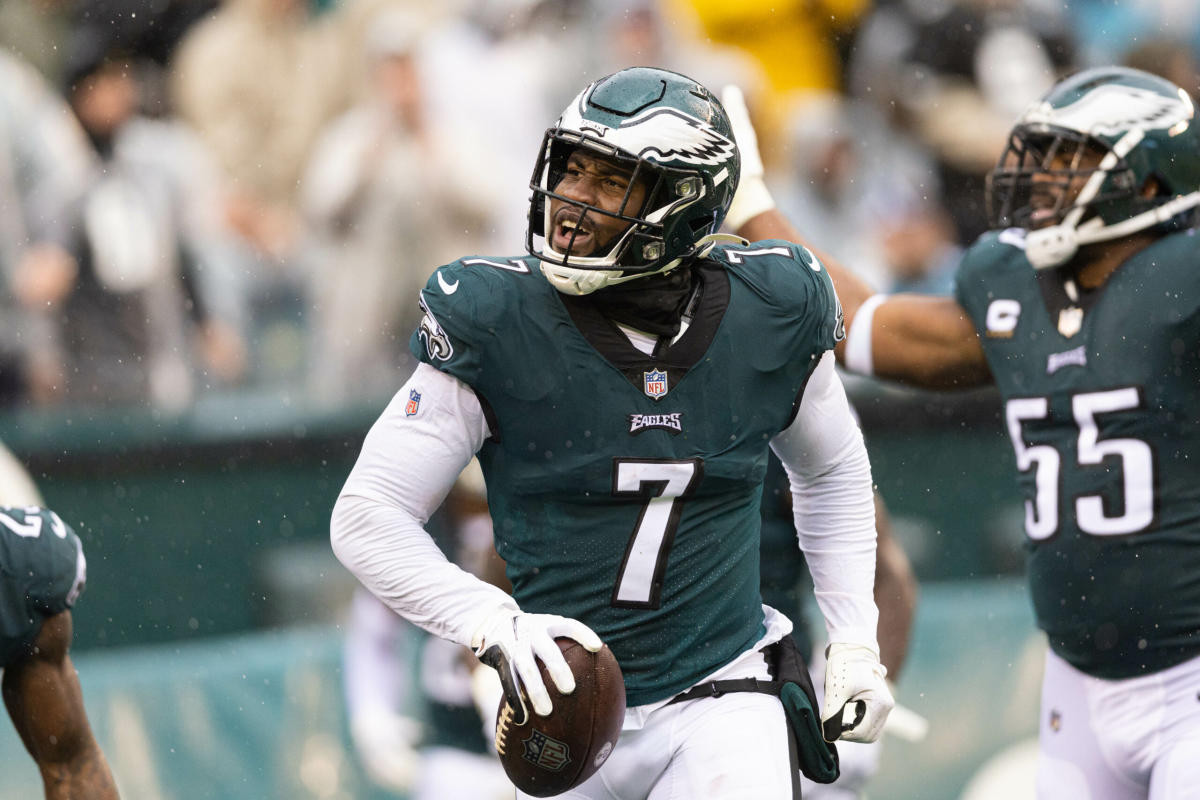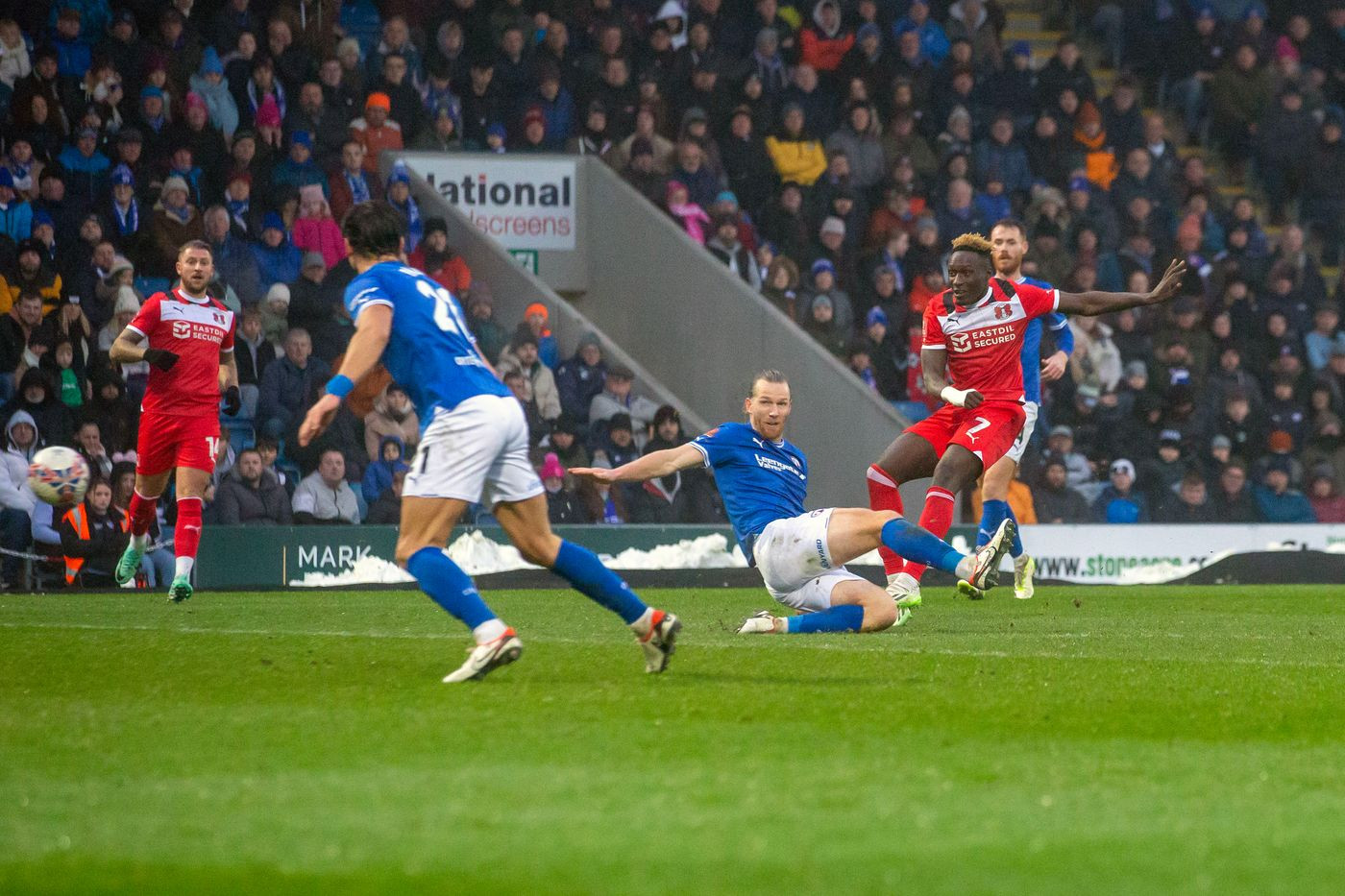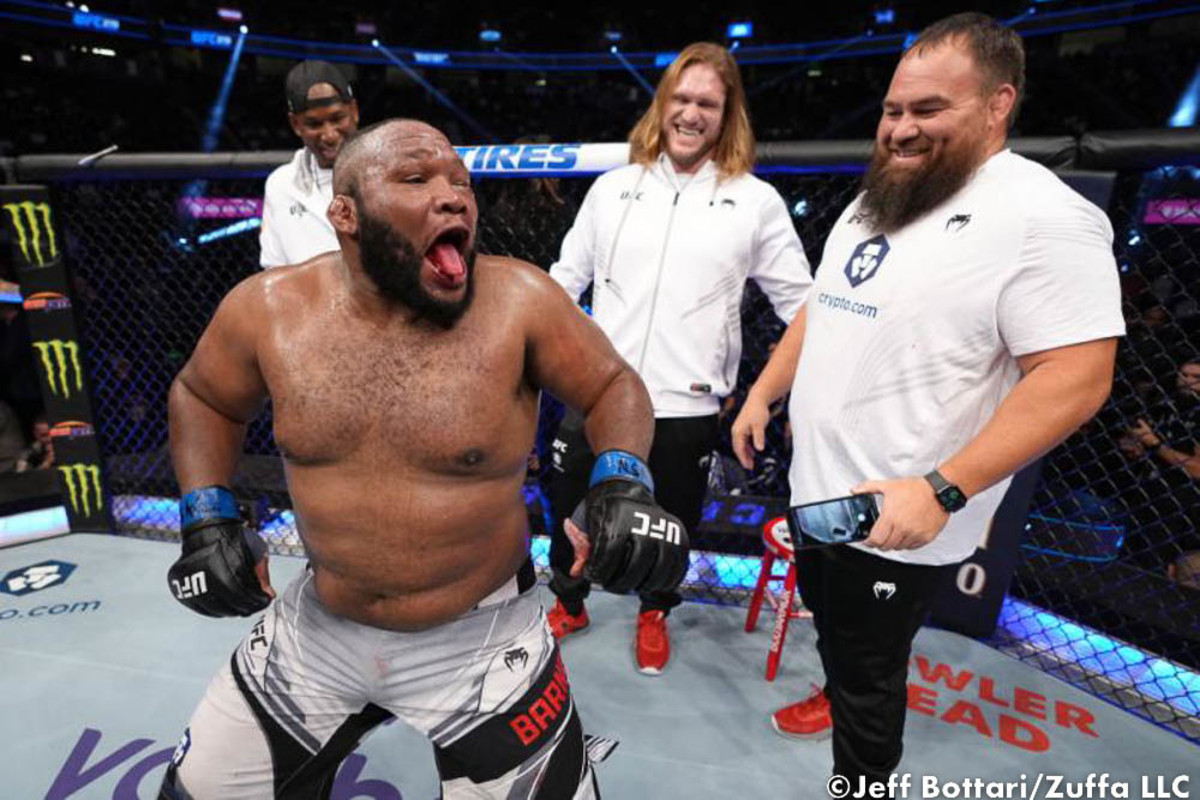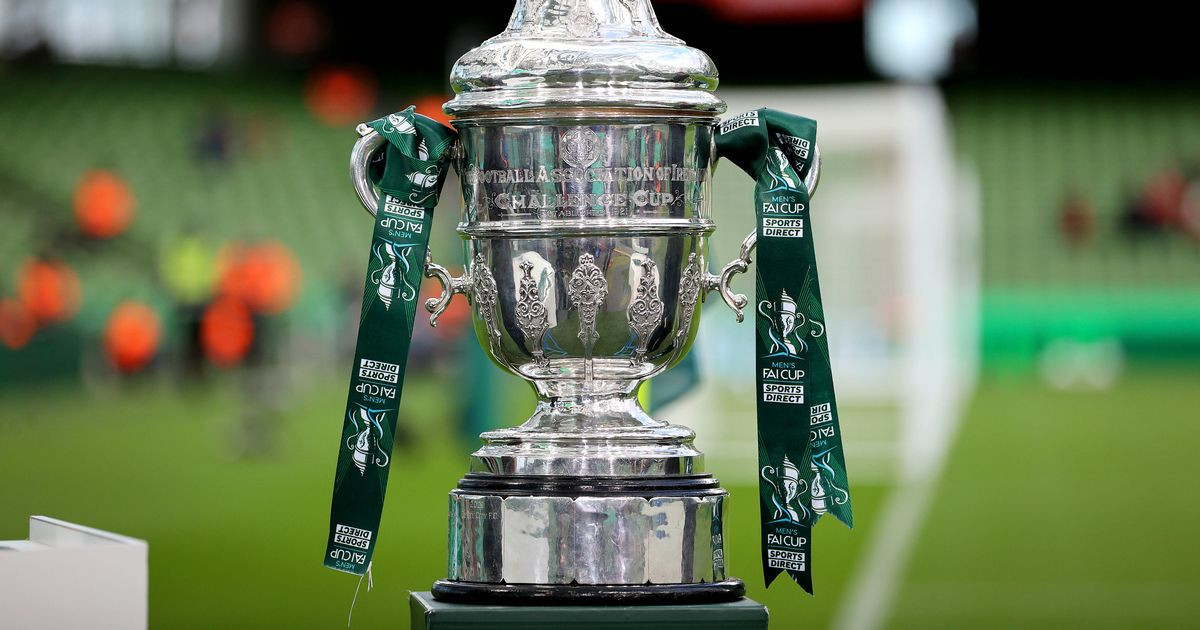The New York Mets are currently in possession of one of the three Wild Cards in the National League and are within striking distance of the first and second spots, currently held by the Arizona Diamondbacks and the San Diego Padres, respectively. Their lead over the Atlanta Braves for the third and last Wild Card is as slim as they come, though.
If they want to play in October, the Mets can’t afford to accumulate many losses. And they have one of their toughest series of this particular stretch up ahead: the NL East-leading Philadelphia Phillies.
To give themselves the best chance to win, the Mets altered their rotation plans for the upcoming Phillies series.
“The Mets have shuffled their rotation, shifting David Peterson ahead of Tylor Megill. That sets Peterson up to face the Phillies rather than the Nationals, and also puts him in line to pitch in Atlanta later this month. Probables in Philly: Quintana, Severino, Peterson,” Mets insider Anthony DiComo posted on his X account.
The only change the Mets implemented was moving up Peterson to face the Phillies on Sunday’s finale.
Megill was magnificent in his last start, and the same can’t be said about Peterson. However, if we consider their overall body of work in 2024, the latter has been much, much better.
Peterson boasts a 2.98 ERA, while Megill’s is at 4.48. With this move, the Mets are making sure to send the best pitchers they can send to challenge the tough Phillies’ lineup, not to mention the fact that Philadelphia’s best hitters are left-handed and so is Peterson.
This is a must-win series for the Mets, and they are certainly treating it like one. They can’t afford to get swept in Philadelphia at this point of the season.
While they continue to roll with a patchwork rotation, the New York Mets are in the thick of the postseason race with two-and-a-half weeks before the finish line as they battle the Atlanta Braves to secure the third and final Wild Card spot in the National League.
It has been all hands on deck since June as Carlos Mendoza’s men have pulled off a complete 180, going from 11 games under .500 on June 2 to having the best record in baseball since then.
Superstar shortstop Francisco Lindor and his MVP-caliber season will rightfully receive a lot of the credit. Still, the starting rotation of hypotheticals built by David Stearns over the winter has largely exceeded expectations — though more may be asked of them in the coming weeks.
Still, they have held up well even without their ace, Kodai Senga, for all but 5.1 innings this season. The 31-year-old right-hander, who finished second in the NL Rookie of the Year voting and the top 10 of the Cy Young voting, was sidelined with a shoulder injury before straining his calf during his season debut in July.
While he was originally forecasted to miss the remainder of the season, optimism continues to grow that he could return before the regular season’s Sept. 29 finale. Granted, his role is uncertain. He could be used as either a reliever or starter and said he was willing to undertake any role the team asked of him.
As it stands, the Mets’ most realistic standing should they make the playoffs is as the No. 2 or 3 seed in the Wild Card, meaning they will play a best-of-three series on the road at either the No. 1 Wild Card team (if they finish No. 2) or the worst division winner, which as of Wednesday is the Milwaukee Brewers.
A No. 2 Wild Card seeding would almost be the most convenient for the Mets, considering their season ends with a three-game series in Milwaukee against those very same Brewers. A No. 3 seeding means they either visit the San Diego Padres or Arizona Diamondbacks.
Regardless of where they finish should make the postseason, the Wild Card schedule remains the same in terms of layout. Only the times change in the opening series scheduled for Oct. 1-3.
If October baseball is in the cards for the Mets, this is how the rotation could pan out for the Wild Card and beyond:
Sean Manaea
Manaea completely reworked his mechanics multiple times this season—most recently in July—to develop into the Mets’ impromptu ace during the second half of the season.
Over his last eight starts dating back to July 30, the 32-year-old southpaw has averaged roughly 6.1 innings per appearance, going 5-1 with a 2.81 ERA and 62 strikeouts compared to 11 walks. Across his last 15 starts, he allowed three or fewer hits eight times as the Mets are 12-3 during that span.
With 157.1 innings pitched this season, he is on pace to throw the second-most frames of his nine-year career, which is a remarkable step forward for a player who was demoted to the bullpen last season by the San Francisco Giants.
Luis Severino
What a difference one year and a change of scenery across town can make.
Severino was cast off by the Yankees after injuries and tip-pitching issues led to his worst season in the majors, as he posted a 6.65 ERA across 89.1 innings. He joined the Mets in the offseason, got into their pitching lab, and managed to get a career that seemed destined for stardom five years ago back on track.
The 30-year-old right-hander has thrown 166 innings, the most he has posted since 2018 when he went 19-8 with a 3.39 ERA and finished in the top 10 of the AL Cy Young voting for a second-consecutive season. His ERA in 2024 has gone down nearly three runs, sitting at 3.74 with 144 strikeouts.
He has allowed one or fewer runs in four of his last five starts (1.95 ERA during that stretch), which included a complete-game, four-hit shutout of the Miami Marlins on Aug. 17. One week later, he held the Padres — a potential Wild Card Series opponent — to just one run despite yielding five hits and four walks.
David Peterson
Perhaps this might raise an eyebrow or two, especially after the 29-year-old lefty was tagged for five runs (four earned) on eight hits in 4.1 innings Tuesday night in Toronto against the Blue Jays. But even with that down start, Peterson has been invaluable to the Mets’ rotation this season, as he is 9-2 with a 2.98 ERA.
He has been especially brilliant since the calendar flipped to August, going 4-1 with a 2.39 ERA over his last eight starts.
Something to be considered in a potential winner-take-all Game 3: Peterson was brilliant in back-to-back starts against two of the Mets’ potential Wild Card opponents in the Padres and Diamondbacks. On Aug. 24, he limited San Diego to one run on five hits in 7.1 innings of work despite striking out only two batters. Five days later, he went seven innings in Arizona, holding the Diamondbacks to two runs on seven hits with four strikeouts.
Kodai Senga
If all goes well, Senga will return to the mound for one of the three final games of the regular season working as a starter, not a reliever.
Considering the righty’s injury is a lower-body issue, his arm should be able to handle a limited starter’s workload — though the time down between starts might have to be extended as he ramps up in the pressure cooker that is the postseason. That is why Senga might not go during the Wild Card Series, at least in these projections. However, the chance obviously exists if he is ready to take the mound as a starter when he is eligible to come off the injured list on Sept. 25 (there are still a ton of hypotheticals in all of this).
Getting him back in any capacity for the postseason would provide an immeasurable boost, but seeing him take the mound for Game 1 of the NLDS after surviving the Wild Card Series would mean that much more.
Pantorno is the executive sports editor of amNewYork — a position he has held since January 2020. He covers the New York Mets and New York Islanders while overseeing day-to-day operations of the department.
His previous stops include Bleacher Report and Metro New York while his work has been featured in the New York Post, Newsday, and Yahoo! Sports.




